White campion is a weed, and not a wildflower. It grows in most open habitats, particularly wasteland and fields, most commonly on neutral to alkaline soils.
White Campion
White campion is native annual to most of Europe, Western Asia and Northern Africa. It was introduced in additional parts of the world.
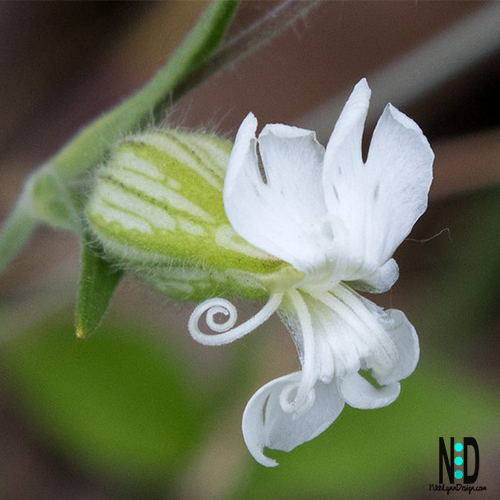
Video of White Campion
Characteristics of the Plant
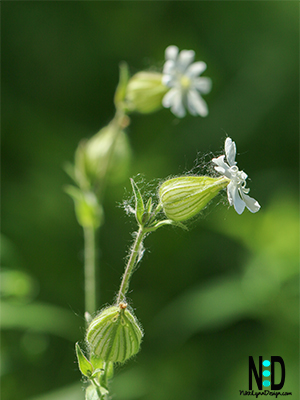
This species was once classified as Lychnis alba but North American members of the genus Lychnis have been reclassified into the genus Silene.
- Flowers appear to have 10 petals but it’s 5 very deeply notched petals, forming heart shapes.
- Biennial perennial herb.
- Can have pink and green veins on the bladder of plant.
- Flowers open toward evening.
- Appearance: White Campion is a herbaceous perennial or biennial plant. It typically grows between 1 to 3 feet (30 to 90 cm) tall. The leaves are lance-shaped and have a somewhat hairy texture.
- Flowers: The flowers of White Campion are white, and they have five petals deeply notched at the end, giving them a fringed appearance. The flowers bloom in clusters at the top of the stems.
- Habitat: White Campion is often found in disturbed areas, including roadsides, fields, and waste areas. It is adaptable to various soil types and can tolerate both full sun and partial shade.
- Blooming Period: The plant blooms from late spring to early autumn. The flowers open in the evening and remain open during the night, attracting moths as pollinators.
- Life Cycle: White Campion can exist as a biennial or short-lived perennial. In its first year, it produces a basal rosette of leaves, and in the second year, it sends up flowering stems.
- Invasiveness: While White Campion is valued for its ornamental qualities, it can sometimes be considered invasive in certain regions, particularly in North America, where it has escaped cultivation and spread in natural areas.
Plant Also Known As
- Catchfly white campion
- White cockle
- Evening lychnis
- Bladder campion
- Cow bell
- Rattleweed
- Maiden’s tears
- Wide-leaved Bladder Catchfly
The Bladder Will Fill With Seeds
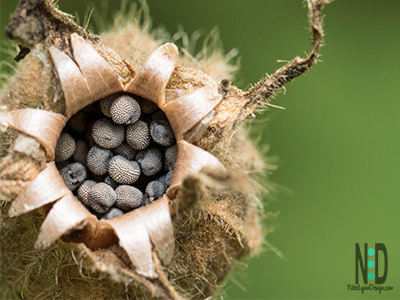
If you have white campion growing on your property it is important to know that as soon as it flowers – it will also produce seeds.
The bladder-like structures that once held flowers at the tip will produce seeds shortly after flowering. Each plant produces 5,000 to 15,000 seeds.
If you want to contain the plant it is important to get rid of the plant by pulling the tap root before the seeds develop.
Again, it is a weed, not to be confused with the wildflower Bladder Campion which is a true wildflower.
Images Of White Campion
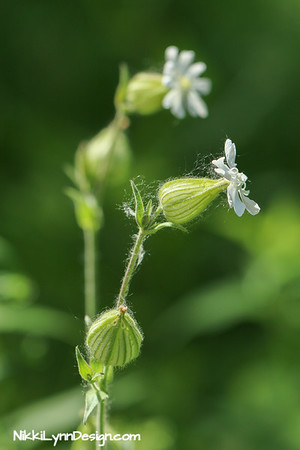
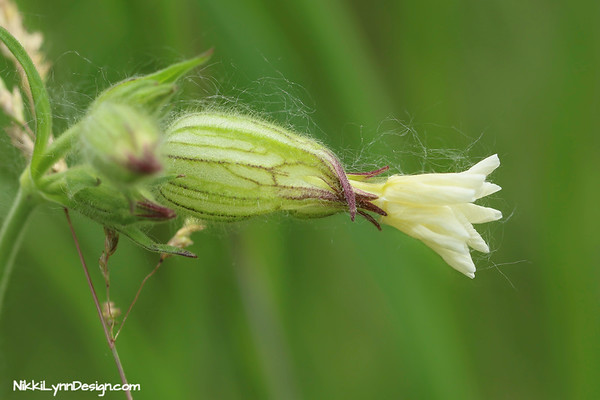
Sharing Is Caring. Pin Me.
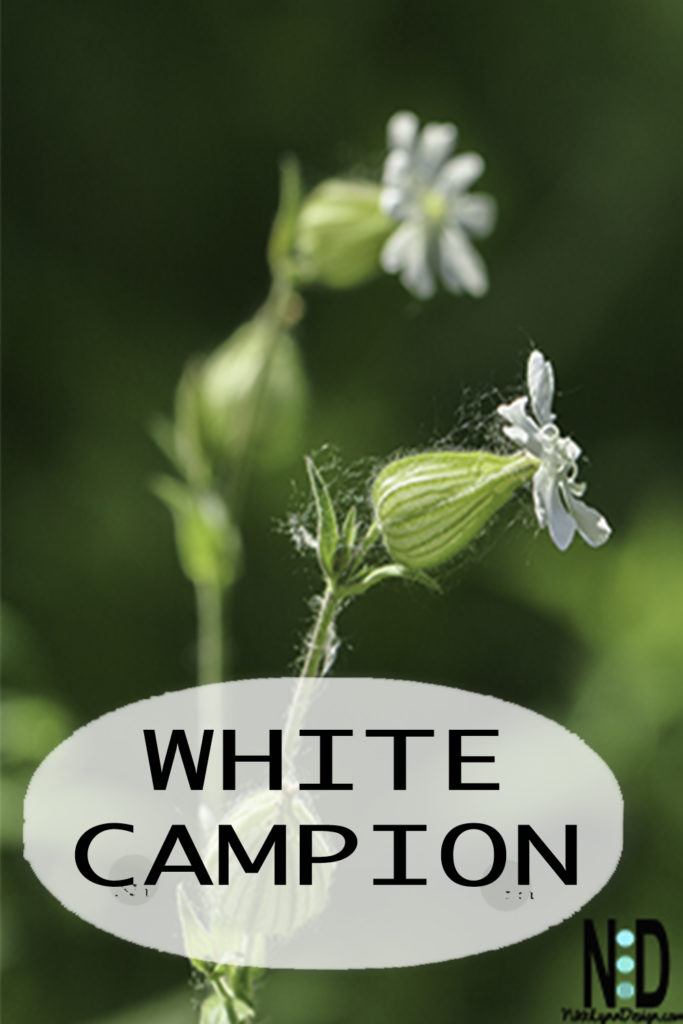
Wildflowers & Woodland Plants
March, April, May, June,
July, August, September
Additional Posts
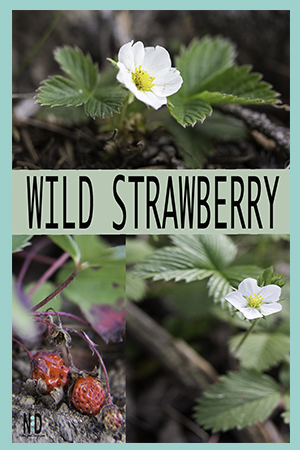
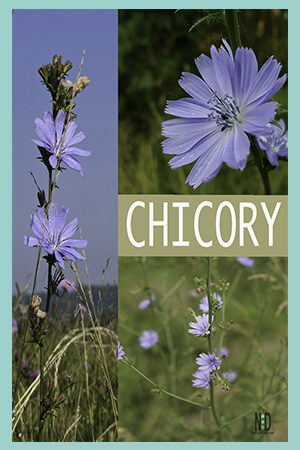
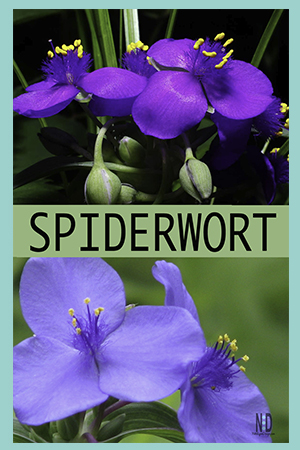
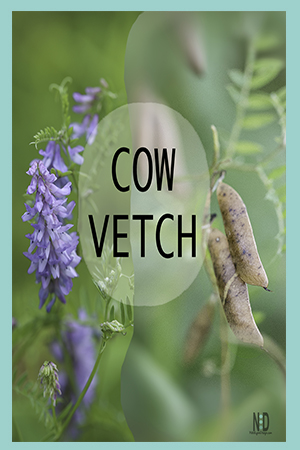
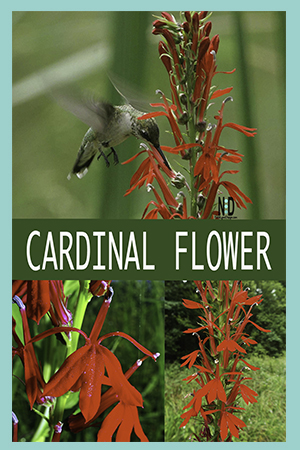
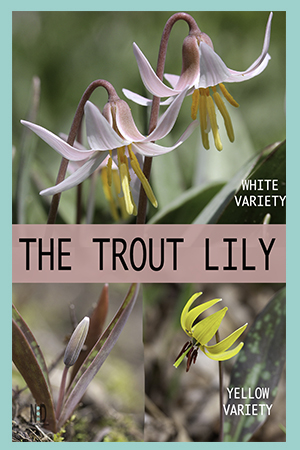
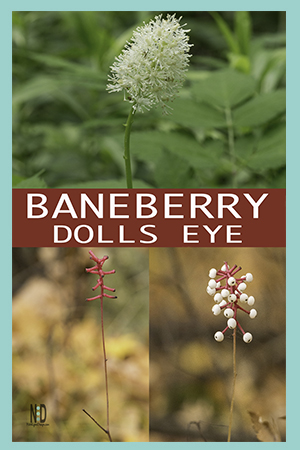
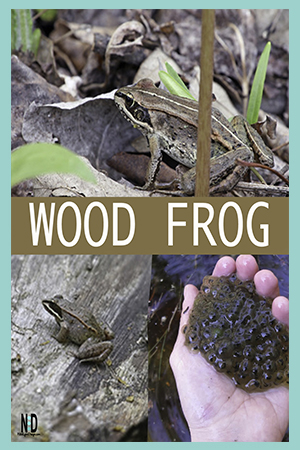
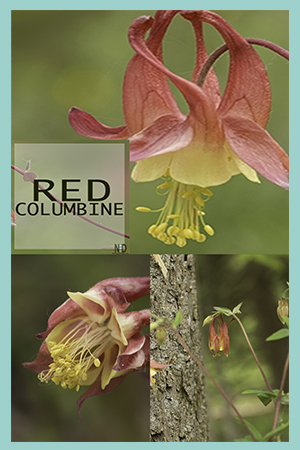
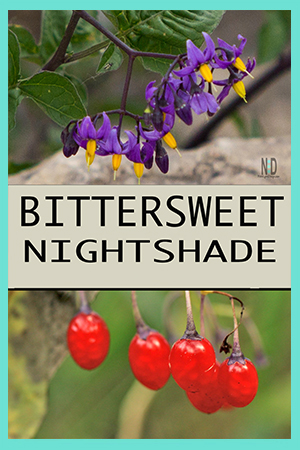
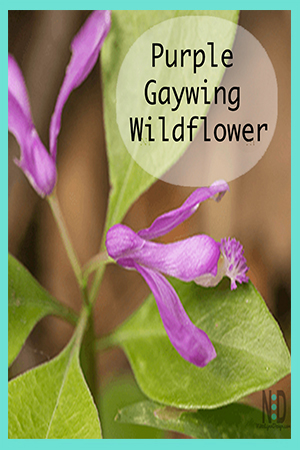
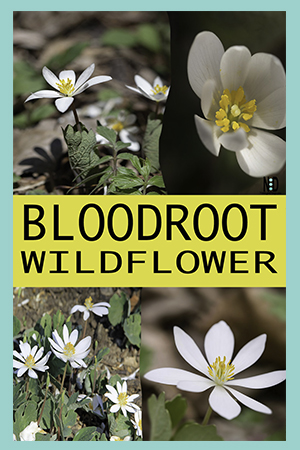
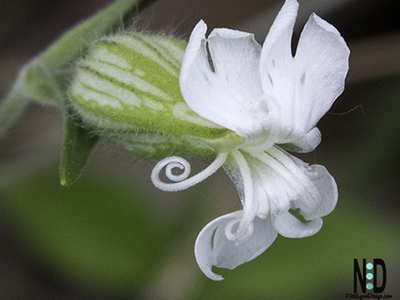
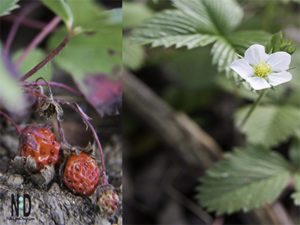
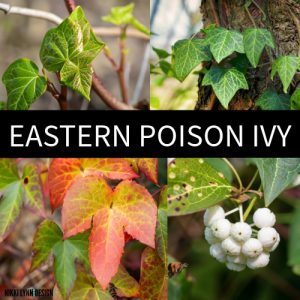
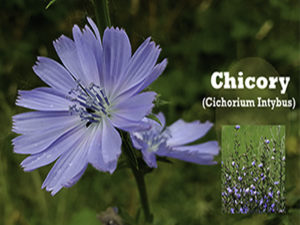
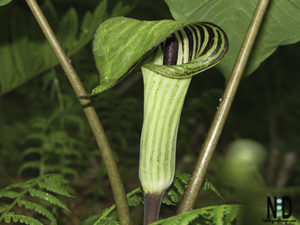
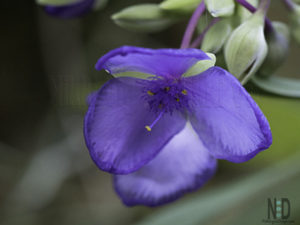
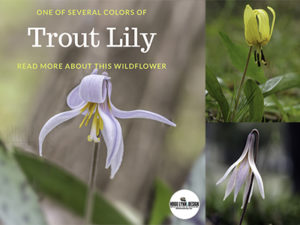
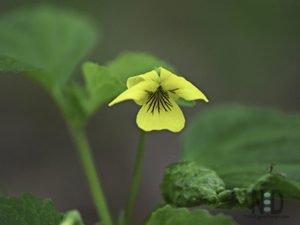
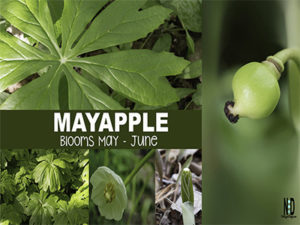
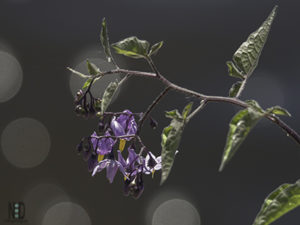
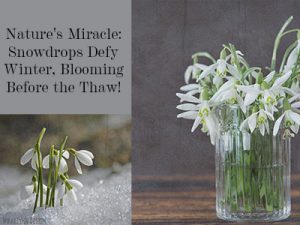
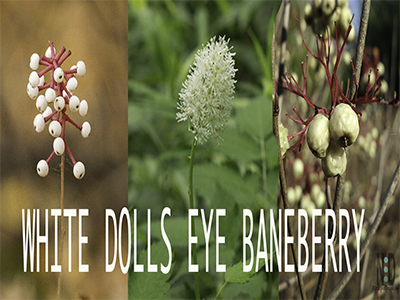
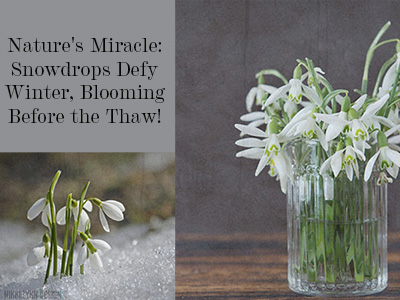
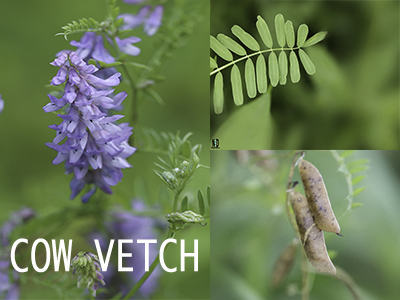

Leave a Reply
You must be logged in to post a comment.